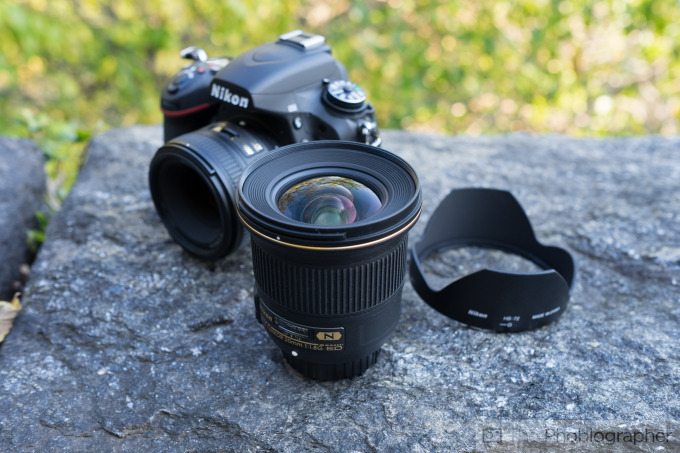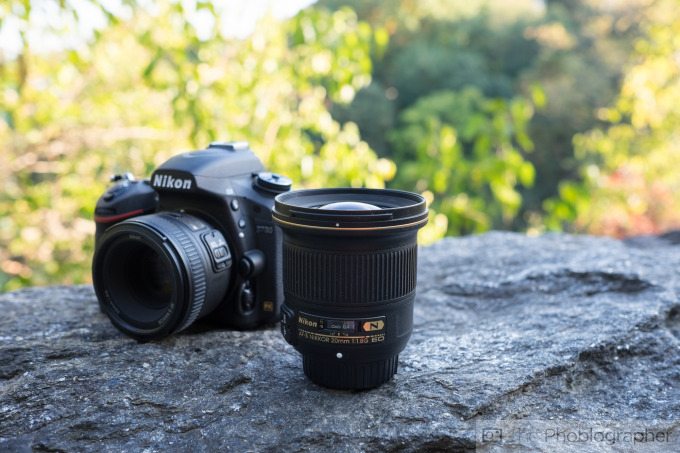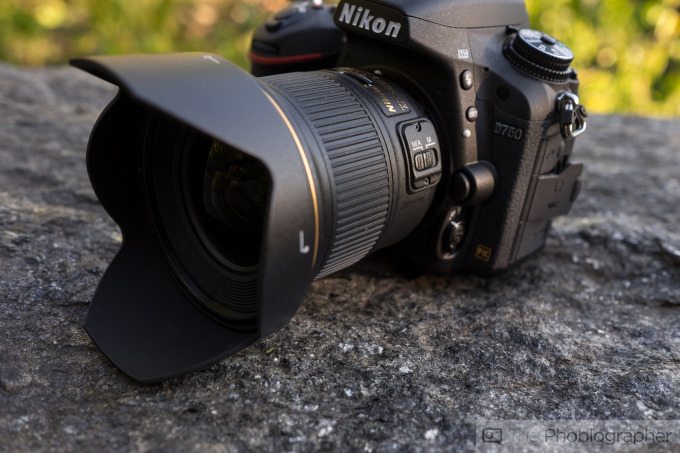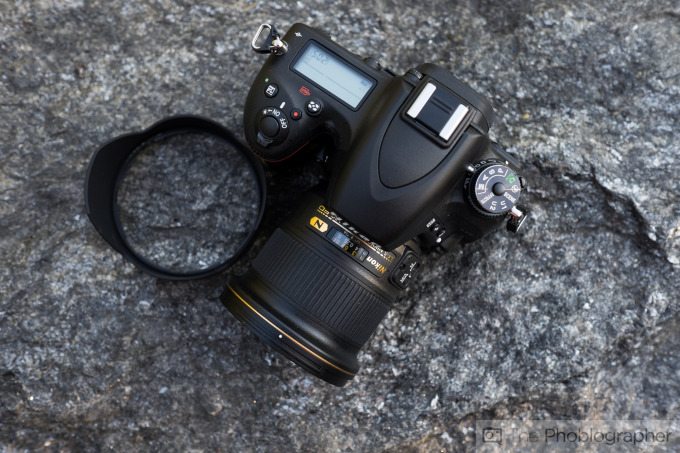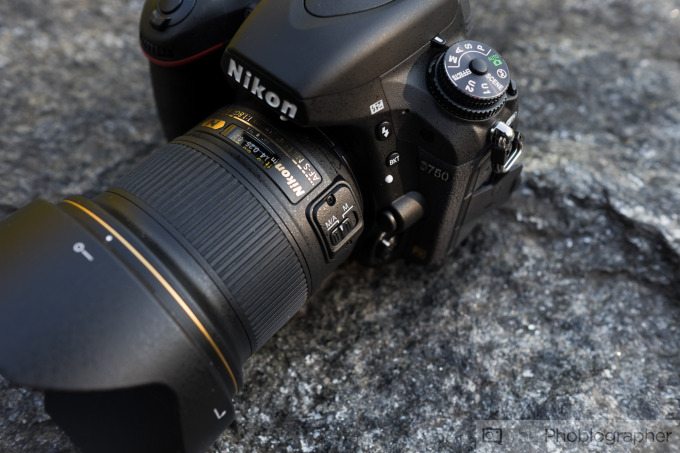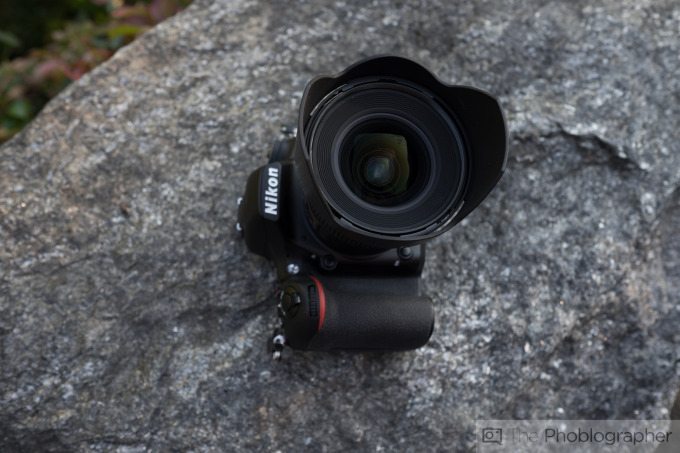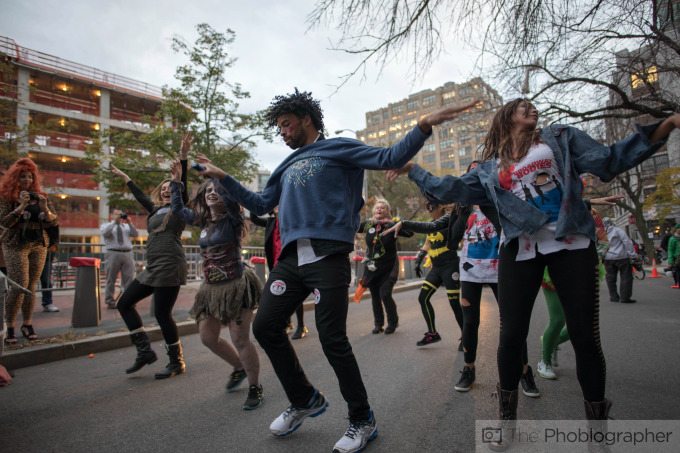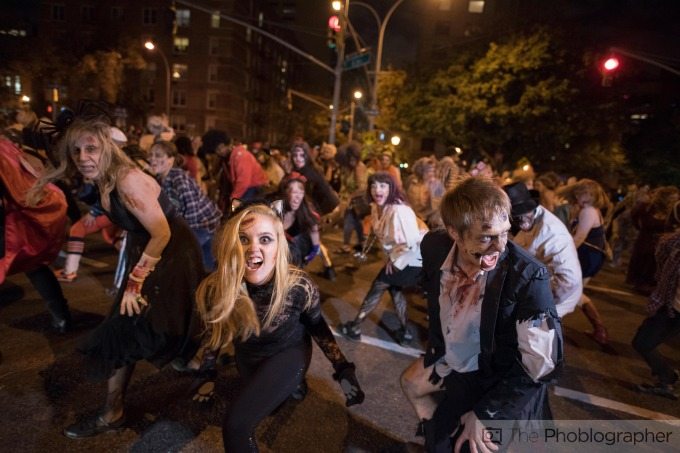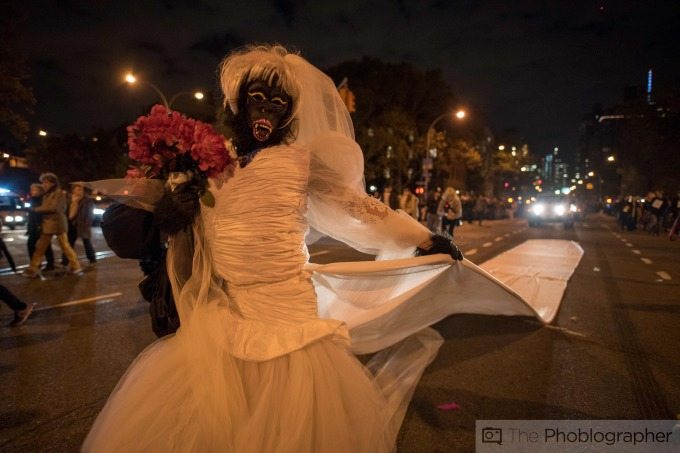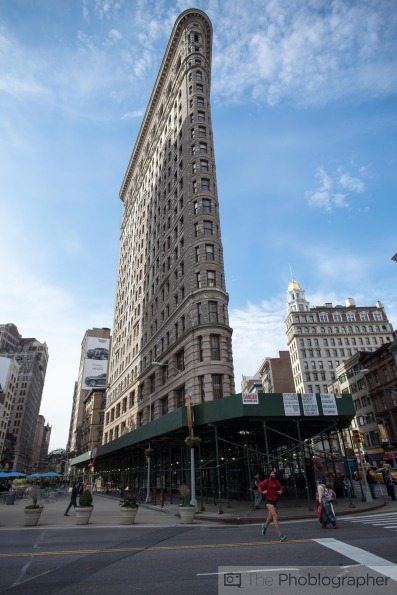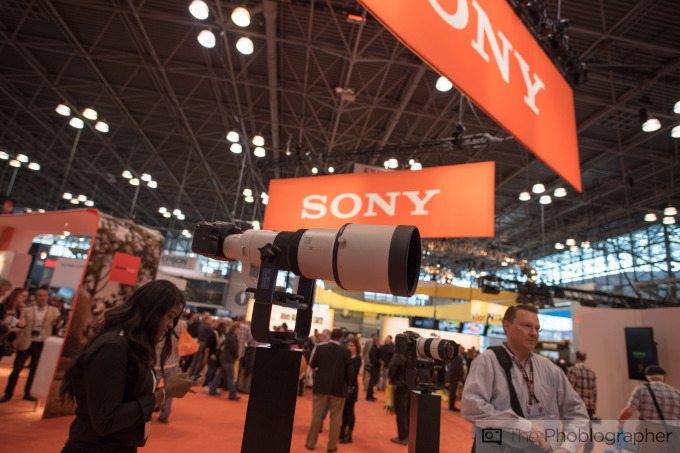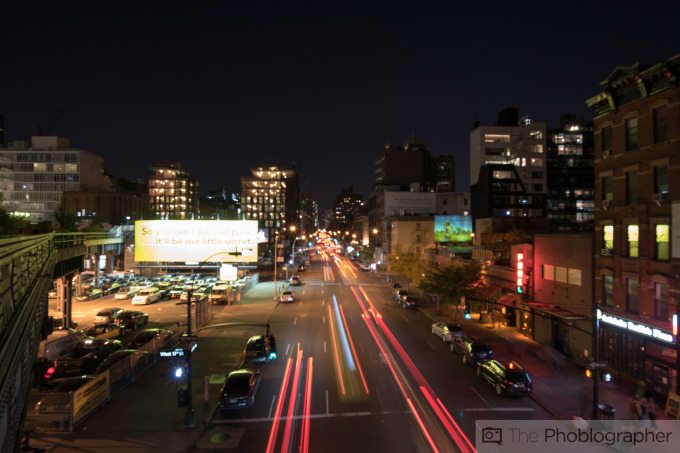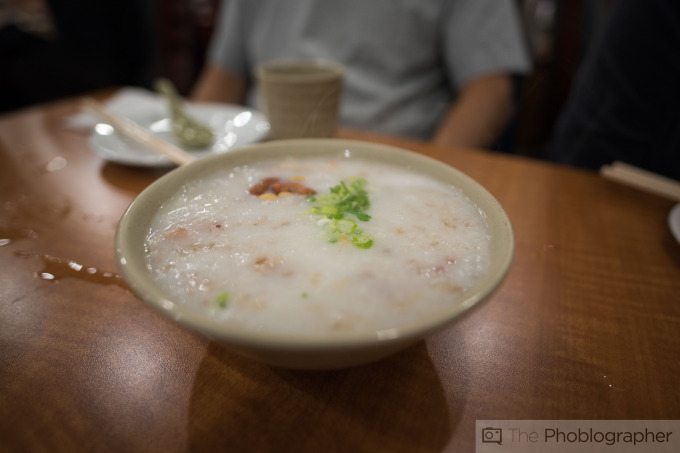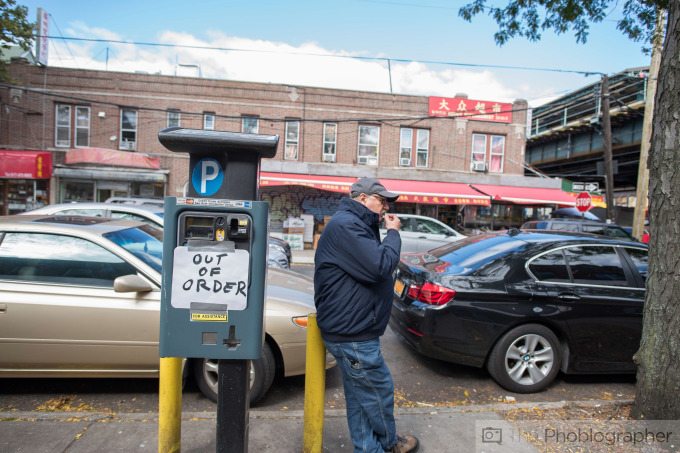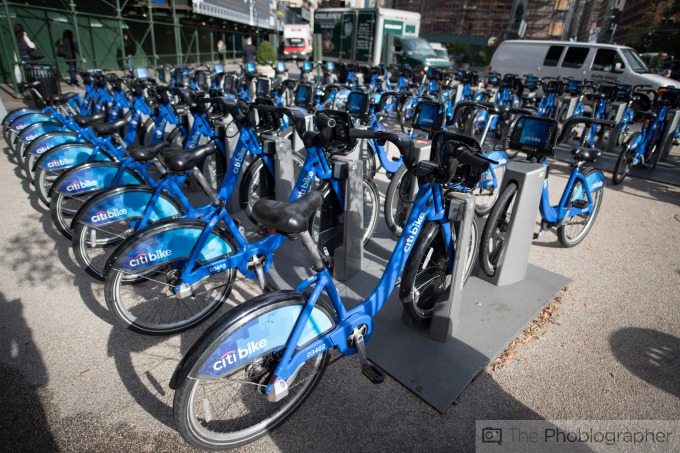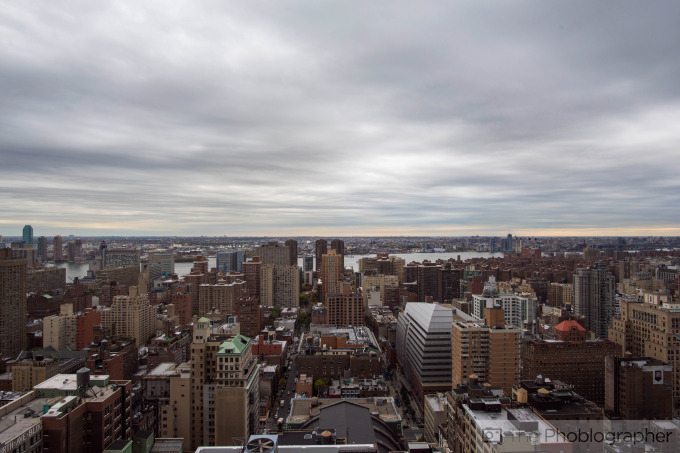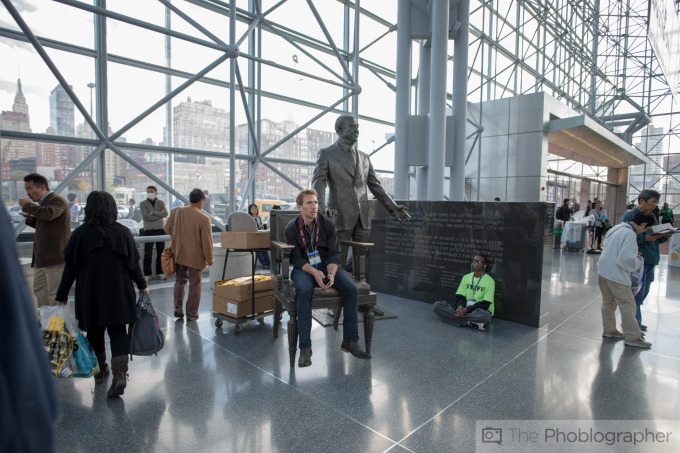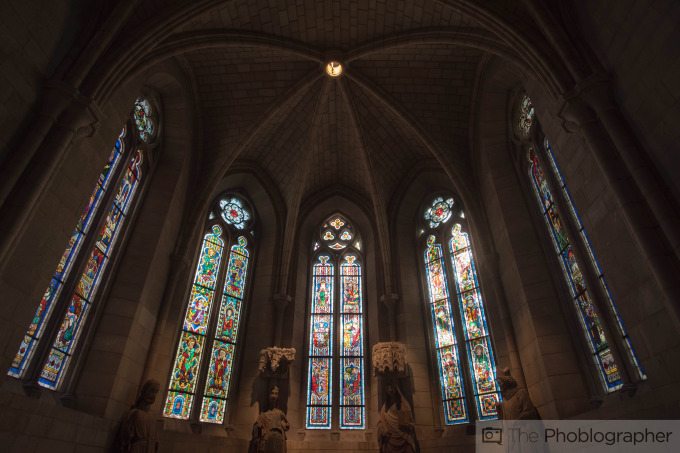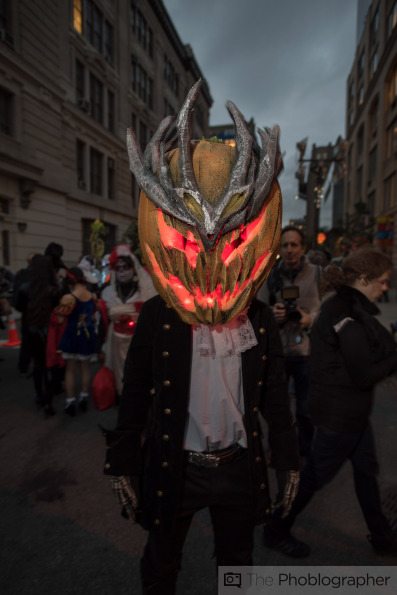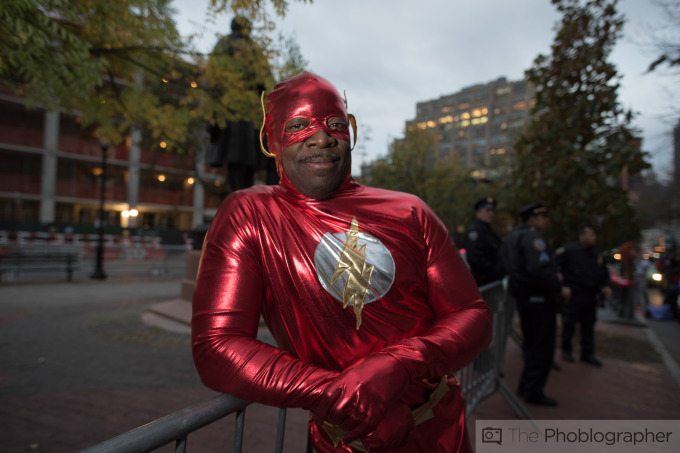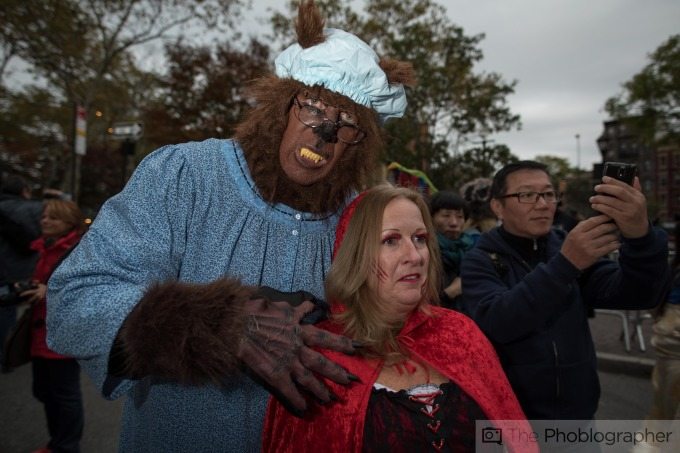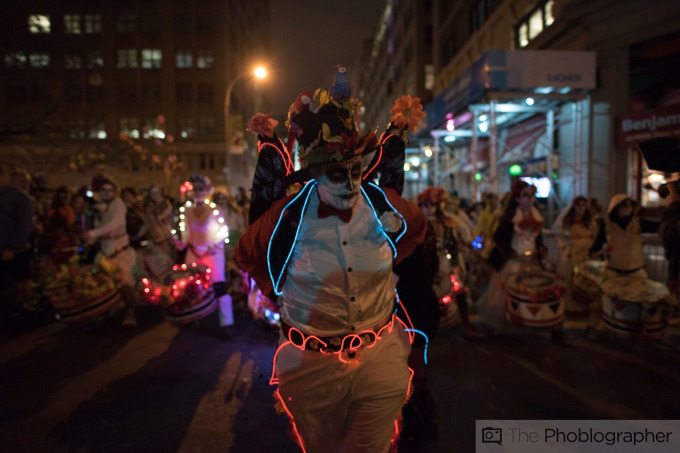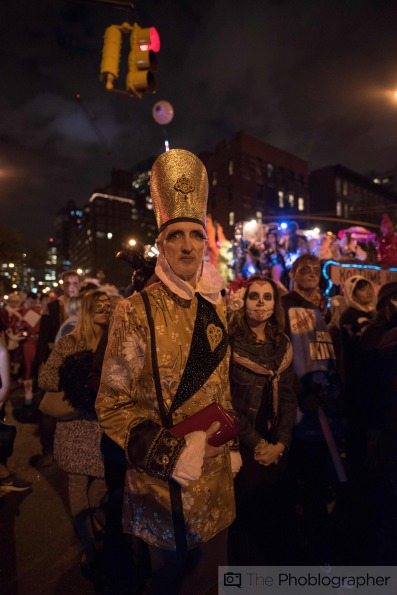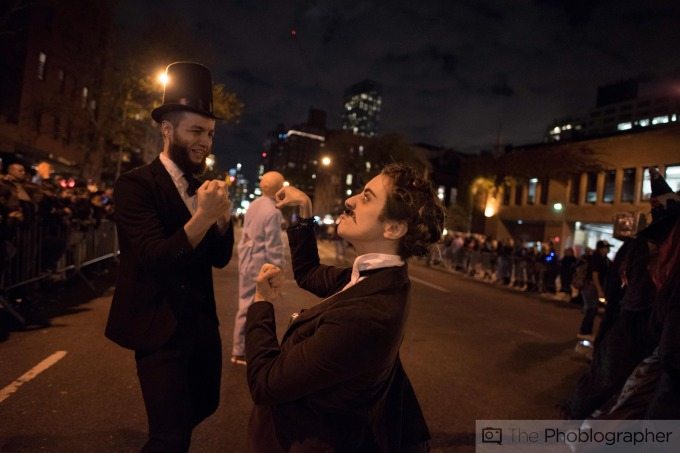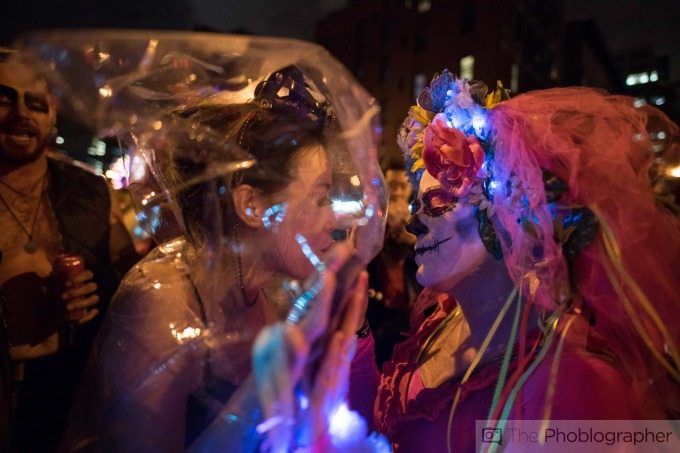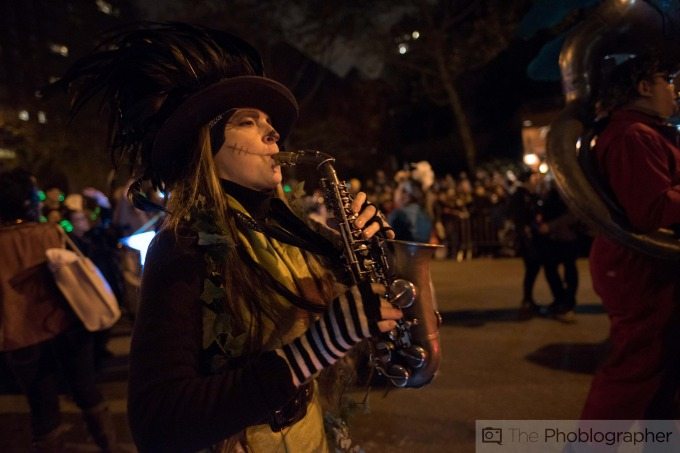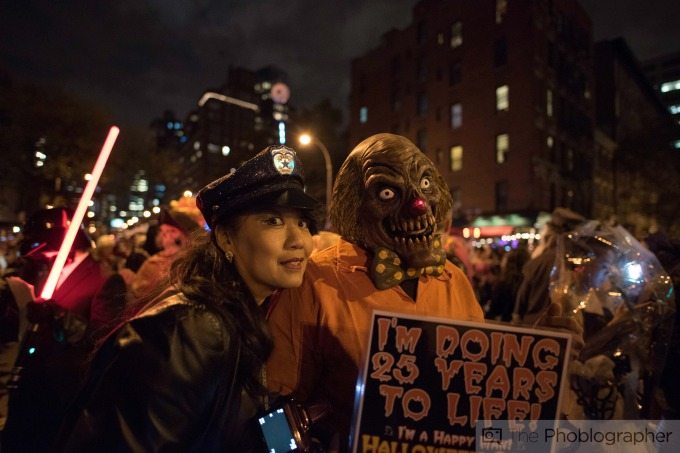Last Updated on 11/11/2014 by Kevin Lee
Wide angle lenses are fun. Whether it’s the bowling quality of a fisheye lens or the ability to capture an entire room in one shot, wide angle lenses give you a unique way of looking at the world you can’t get with any normal or telephoto lens.
Now Nikon has introduced the new 20mm f1.8G ED that’s just a few ticks wider than the typical ultra wide 24mm lens while not venturing too far into the fisheye lens territory. The lens also has a fast f1.8 aperture, making it useful for taking photos in the dark and one of the few wide angle capable of rendering gorgeous bokeh. It’s fair to say I’m smitten with this lens, so let’s just cut to the chase and see what this lens can do.
Pros and Cons
Pros
- Surprisingly light for a fairly large lens
- Fast autofocusing
- Reasonably sharp wide open
- Vibrant color rendition
Cons
- Really should have weather sealing or image stabilization included with the price
Gear Used
We tested the Nikon 20mm f1.8G ED with the Nikon D750 and Yongnuo 560 III Radio Flash.
Tech Specs
Specs taken from the Adorama listing of the product.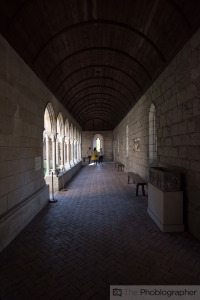
- Maximum/Minimum Aperture: f1.8-16
- Maximum Angle of View: 94-degrees (DX-format: 70-degrees)
- Maximum Reproduction Ratio: 0.23x
- Lens Elements: 13
- Lens Groups: 11
- Diaphragm Blades: 7
- ED Glass Elements: 2
- Aspherical Elements: 2
- Nano Crystal Coat
- Super Integrated Coating
- Minimum Focus Distance: 0.66ft (0.2m)
- Filter Size: 77mm
- Dimensions: 3.2 x 3.1″ (81.28 x 78.74mm)
- Weight : 12.6oz (357.20g)
Ergonomics
The 20mm f1.8 is the latest Nikon lens to get the refreshed f1.8 treatment. As such, it’s a bit longer than than Nikon’s old prime lenses, complete with a fat rubber focusing ring. As an especially wide-angle lens the front element bulges out into a small dome, so be sure to mount the petal-shaped hood while walking around with the lens out.
On the side of the lens you’ll find a single switch to toggle the lens between auto and manual focus. The 20mm f1.8 also does not feature optical image stabilization or weather sealing despite its high price.
Along the top, the lens has a distance scale, though it seems superfluous because of the lens’ extremely short focusing range. With just a quarter throw of the focusing ring you can go though the 20mm f1.8 entire focusing range (0.66 feet to 1.3 feet) and hit infinity.
Otherwise there’s not much else to the lens except for the golden ring, which simply advertises the fact you’re using a full frame Nikon lens to everyone around you.
Build Quality
The lens is made of a tough plastic composite. Sure it does not feature weather sealing or is made of metal like a Zeiss lens, but the 20mm f1.8 feels solid in the hand and easily handled a small little beating while I jumped a fence. The lens is also extremely light, which you may or may not like. It adds virtually no weight to the camera when mounted on a full frame camera and still felt light even when mounted onto my Nikon D7000.
Ease of Use
As there’s not much to this lens and because the focusing range on wide angle lenses is very short, you could simply use it all day with autofocus switched on. Of course, you can also touch up your focusing with it in autofocus by manually turning the focusing ring.
Autofocus
With the 20mm f1.8 mounted onto a Nikon D750, autofocus speeds were consistently blazing fast. The lens locks on instantaneously every time I press and this is partially aided by the lens’ short focusing range.
Image Quality
You don’t come expecting much in image quality with most wide angle lenses because so much of the engineering has gone into creating the lens’ unique field of view. This isn’t the case at all with the Nikon 20mm f1.8; it produces tack sharp details and vibrant colors.
The extra wide focal length this lens produces makes it an excellent choice for capturing buildings—both the interior and exterior. This same wide angle perspective is also excellent for street photography. Provided you can get close enough, you can produce much more intimate images of everyday life than a 24mm, 35mm, 50mm, or 85mm lens could ever produce.
Bokeh
Another thing I didn’t expect this lens to handedly excel at is smooth bokeh. You don’t even have to get up close to create these pleasing out of focus areas either. You can stand anywhere between a half foot to a solid five-feet and still produce some very nice bokeh with this wide angle lens. This all makes it a unique lens for capturing upper body and even headshots with much of the background still in the frame.
Sharpness
The Nikon 20mm f1.8G ED isn’t the sharpest prime lens in Nikon’s lineup but it can produce some very nice images even when shooting completely wide open. As you can see with this image above, the lens resolves all the tiny surface details in the stone from the center of the frame all the way to the corners. The lens only gets sharper as you stop down to f4, after which you’ll start running into diminishing returns and diffraction issues beyond f8.
Color Rendition
Colors look awesome straight out of this lens, with very vibrant and true to life hues. Unless it’s a particularly gray and cloudy day, you’ll never need to tweak the saturation or vibrance in post processing.
Color Fringing
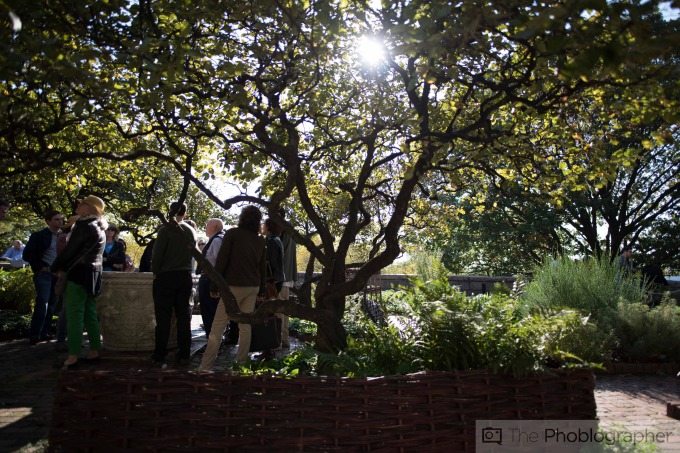
Color fringing is nice and controlled with this lens and there was never a case of chromatic aberrations either. In fact, this image above is the only case where I encountered any fringing at all. This is largely due to the fact I’m stress testing the lens by shooting directly into the sun. Having said that, color fringing is an easy thing to fix in post.

Extra Image Samples
Conclusions
Likes
- Gorgeous colors
- Sharp though the frame
- Surprising amount of smooth bokeh
Dislikes
- Lacking in features for an $800 lens
My short time with the Nikon 20mm f1.8G ED was a delightful surprise. It’s one of those few fun lenses that make photographers go out and shoot even more just to see what other tricks they can pull with it. Despite having an ultra wide focal length, this is a very versatile lens that you can easily tote everywhere and use in almost any situation unless you want to zoom in on a subject yards away.
The 20mm f1.8 is an all star performer in every regard from autofocus, bokeh, and color rendition. The only thing I’m disappointed with at the end of this review is having to send it back to Nikon. It’s also a bit pricey at just under $800 and I would have really liked to see Nikon including more features for the price. Still, at the end of the day this is definitely one lens you should add to your collection.
 We award the Nikon 20mm f1.8G ED with four out of five stars. You can get yours at Adorama, B&H Photo, and Amazon for $796.95.
We award the Nikon 20mm f1.8G ED with four out of five stars. You can get yours at Adorama, B&H Photo, and Amazon for $796.95.
Recommended Cameras
- Nikon D750: Nikon’s latest and greatest full frame DSLR
- Nikon D810: If an absurd amount of pixels is more your speed, the Nikon D810 has an amazing 36.8MP sensor.
- Nikon D610: There’s nothing wrong with the entry level full frame Nikon DSLR and paired with this lens you could have a very nice kit for about $2,500.


